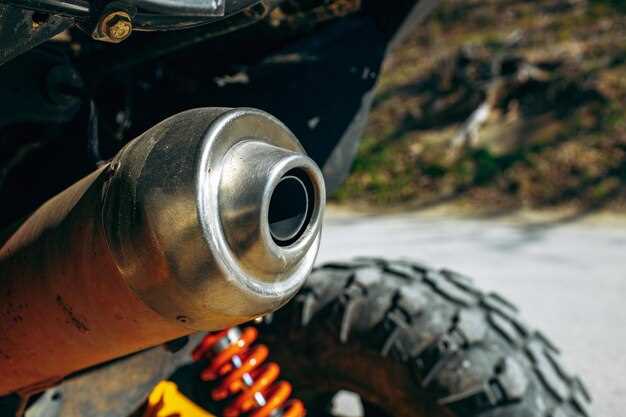
Setting up the suspension on your dual sport bike is crucial for achieving the best off-road performance. A well-tuned suspension can enhance stability, control, and comfort when tackling challenging terrains. This article will provide you with essential tips and techniques to optimize your bike’s suspension for off-road adventures.
Understanding the different components of your bike’s suspension is the first step. The forks and shocks work together to absorb impacts and maintain traction. Proper adjustment of these components can significantly affect how your bike handles rough trails. Preload, compression, and rebound settings are key adjustments that need to be tailored to your weight and riding style.
Next, consider the type of terrain you will be riding. Soft sandy trails, rocky paths, and muddy tracks each require different suspension setups. By adjusting your bike’s suspension accordingly, you can enhance your overall riding experience and improve handling in various conditions. Experimenting with settings based on personal preference and riding style is also important, as every rider has unique needs.
Finally, regular maintenance and inspections of your suspension components are vital for optimal performance. Keeping your bike in top condition ensures that your suspension responds well when you need it most. In the following sections, we will dive deeper into specific setup techniques and best practices to follow for a successful off-road experience.
Selecting the Right Suspension Components for Your Dual Sport Ride

Choosing the appropriate suspension components for your dual sport motorcycle is crucial to ensure optimal performance both on and off-road. Proper selection enhances ride quality, handling, and overall safety in varying terrains.
1. Forks: When selecting front forks, consider both travel and adjustability. Longer travel forks provide better performance over rough terrain, while adjustable options allow for fine-tuning compression and rebound settings. Look for forks specifically designed for dual sport use, which can handle both dirt and pavement without compromising stability.
2. Shocks: A quality rear shock should offer adjustable preload, compression, and rebound damping. These features enable riders to customize the suspension setup for different weights, riding styles, and terrain types. Additionally, consider the shock’s reservoir type; external reservoirs provide better performance due to increased oil capacity and heat dissipation.
3. Springs: The right spring rate is essential for maintaining proper bike balance and comfort. Heavier riders may require stiffer springs, while lighter riders might benefit from softer options. It’s essential to match the spring rate to the intended use of the bike and the weight it will carry, including gear and passengers.
4. Quality Brands: Opt for reputable brands known for high-quality suspension components. Brands with a history in dual sport racing or off-road riding often have products that withstand the rigors of diverse conditions. Research user reviews and seek recommendations from experienced dual sport riders.
5. Professional Setup: Finally, consider consulting with a suspension specialist for setup and tuning. A professional can assess your riding style, weight distribution, and preferred terrain to optimize your suspension components further. Custom tuning can significantly enhance performance, especially for more serious off-road enthusiasts.
Overall, selecting the right suspension components involves a careful blend of research, understanding your riding needs, and investing in quality products. A well-set-up suspension can transformative your dual sport experience.
Tuning Your Suspension for Different Terrain Types

Suspension tuning is crucial for optimizing performance on various off-road surfaces. Different terrains such as gravel, sand, rocks, and mud require specific adjustments to maximize traction and stability.
For rocky terrain, increase the compression damping to better absorb sharp impacts. A higher preload setting can enhance ground clearance and avoid bottoming out on larger obstacles. Additionally, consider a softer rebound setting to allow the suspension to recover quickly, maintaining contact with the ground for better control.
When tackling sandy paths, adjust your suspension to be more plush. Lower the compression damping to promote better absorption of the soft surface, allowing the bike to float over the sand rather than digging in. A softer preload can also help the bike sit lower, improving stability.
On gravel roads, a balanced setup is essential. Increase both the compression and rebound damping slightly to handle the loose surface while maintaining control. Ensuring your bike does not sink too deeply into the gravel will improve handling and cornering abilities.
In muddy conditions, lower your suspension settings to allow for better maneuverability. Reducing compression damping can help navigate through slippery surfaces by promoting a more compliant ride. Make sure to monitor the sag, as extra weight from mud accumulation can alter your suspension’s effectiveness.
Lastly, always remember to adjust tire pressure alongside your suspension settings, as it plays a vital role in traction and handling on different terrains. Regularly testing and tuning your suspension based on changing conditions will significantly enhance your off-road experience, providing a smoother and more controlled ride.
